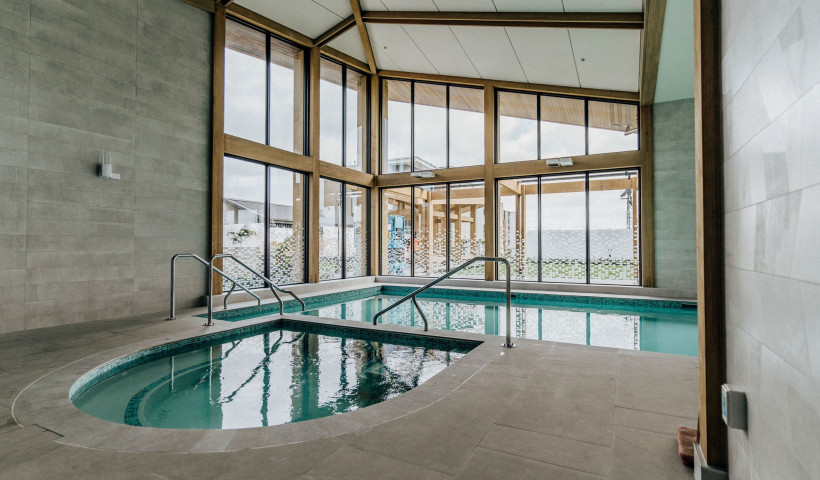
Efflorescence (meaning “to flower out” in French) occurs where water-soluble salts rise to the surface and then, when the water evaporates, the salts deposit out as a powdery or crystalline crust. It is typically associated with grout lines due to these being more porous than the tiles themselves. Dark-coloured grouts are more likely to show efflorescence due to colour contrast and all cement-based materials can show efflorescence.
Efflorescence is made worse by cool temperatures and overall dampness, meaning that during the winter months or in coastal or very humid environments efflorescence is more likely to occur. Rainwater running down tiled facades between the masonry walls and the tiled surface can also generate significant efflorescence on the grout lines.
Where the tile installer has used excess water in both mixing the grout and during clean up, soluble salts can be leached from the grout cement or the tile adhesive and then deposited on the grout surface as drying occurs. Efflorescence also commonly occurs if the tile grout has been applied too soon after the tile adhesive, which has not fully dried.
Efflorescence in grout can be successfully controlled by the use of an ARDEX UD 150 undertile drainage mat. This thin, mesh-reinforced polypropylene drainage mat is laid under directly adhered tiled systems and speeds up the drying process, allowing adhesion and grouting products to reach their intended strength and freeze-thaw capabilities, thus reducing the build-up of efflorescence.
ARDEX UD 150 is ideal as a drainage-decoupling layer in directly adhered external tiling systems on decks, balconies, patios and terraces.









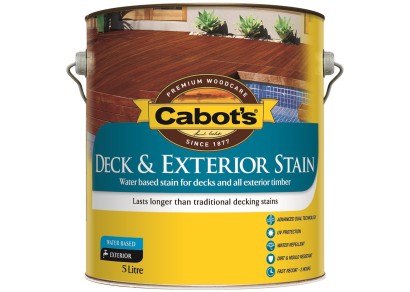



 New Products
New Products
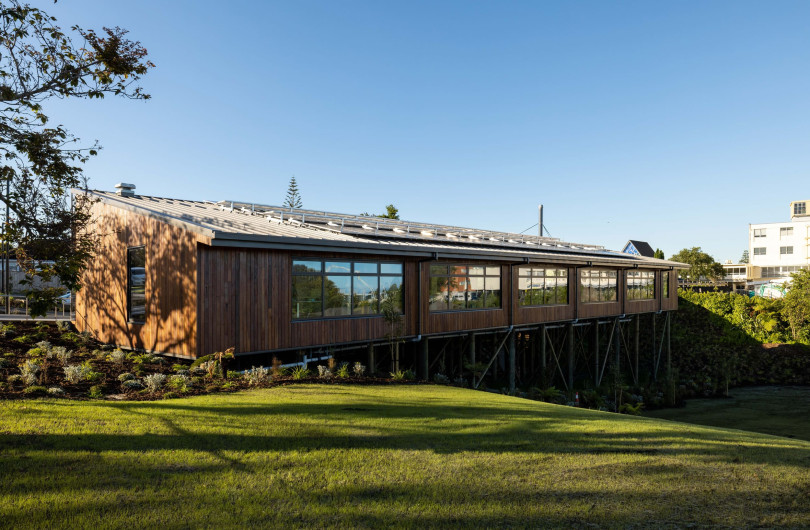




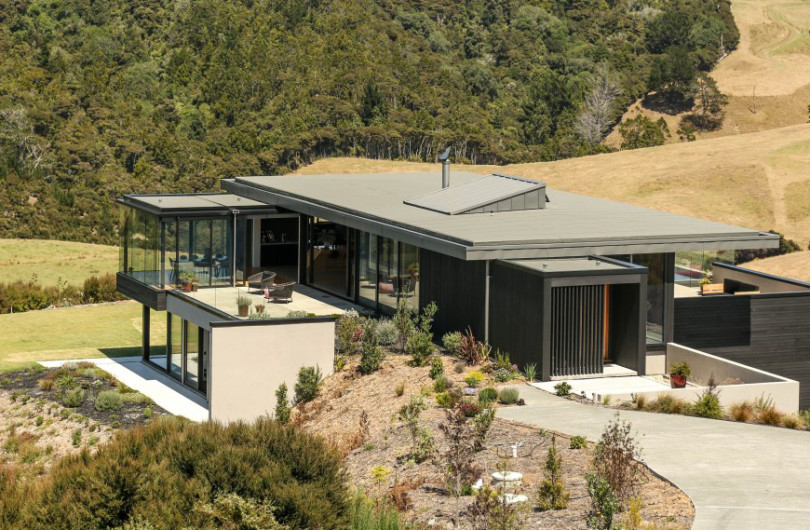


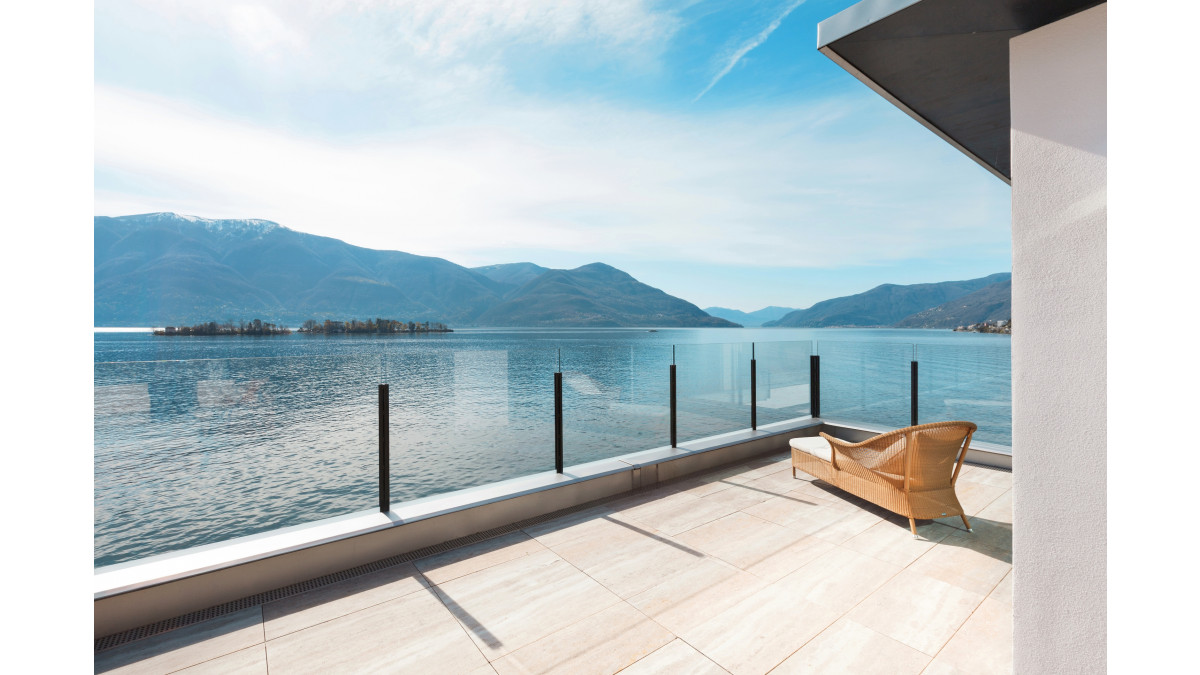
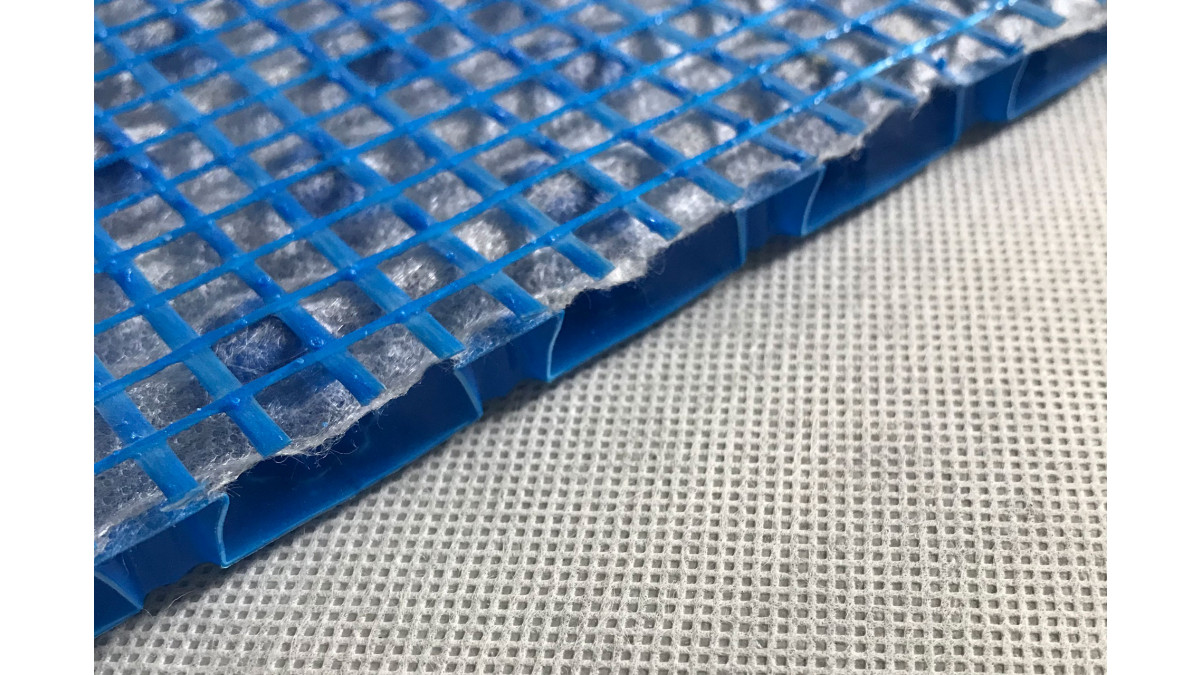



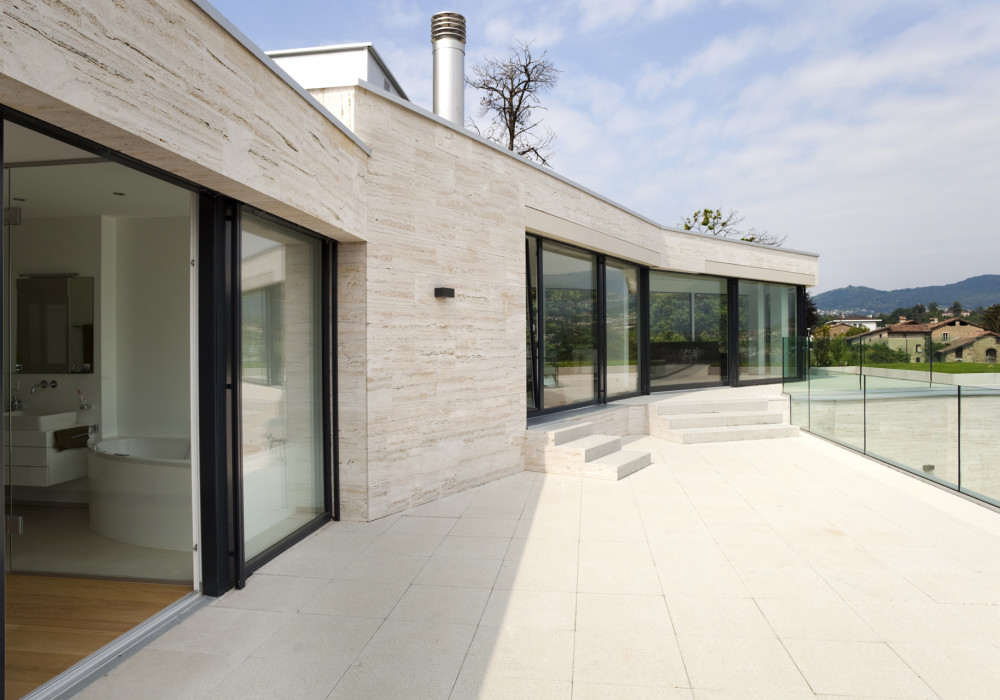

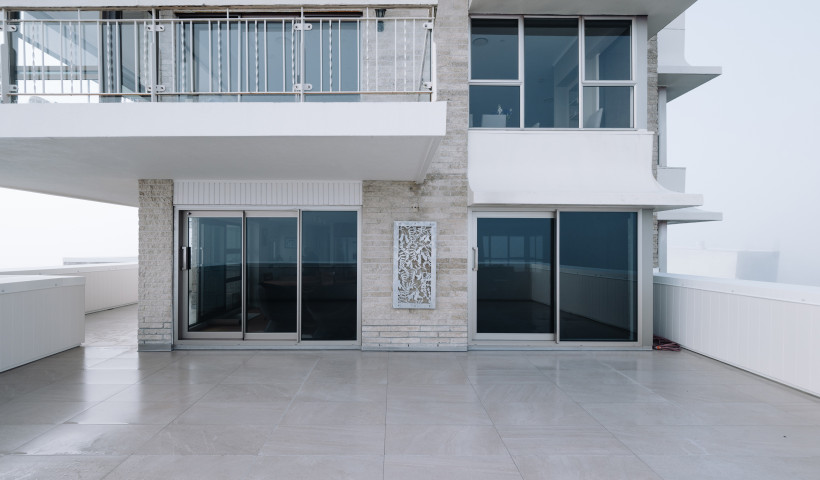
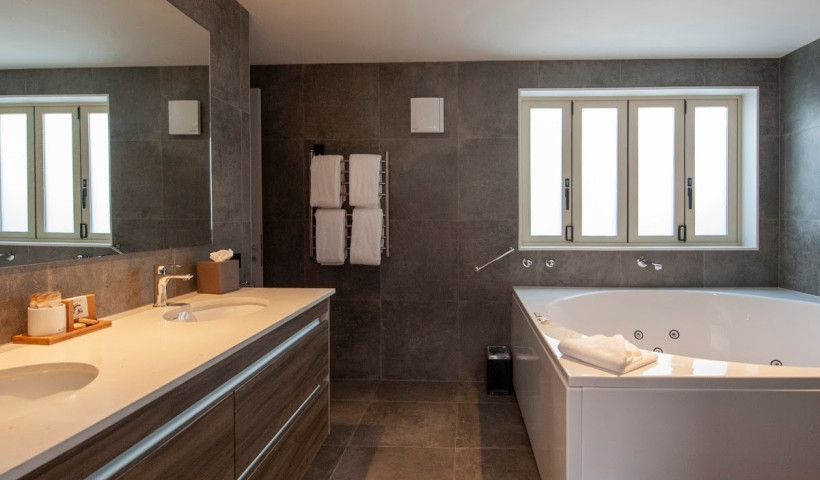
 Popular Products from ARDEX
Popular Products from ARDEX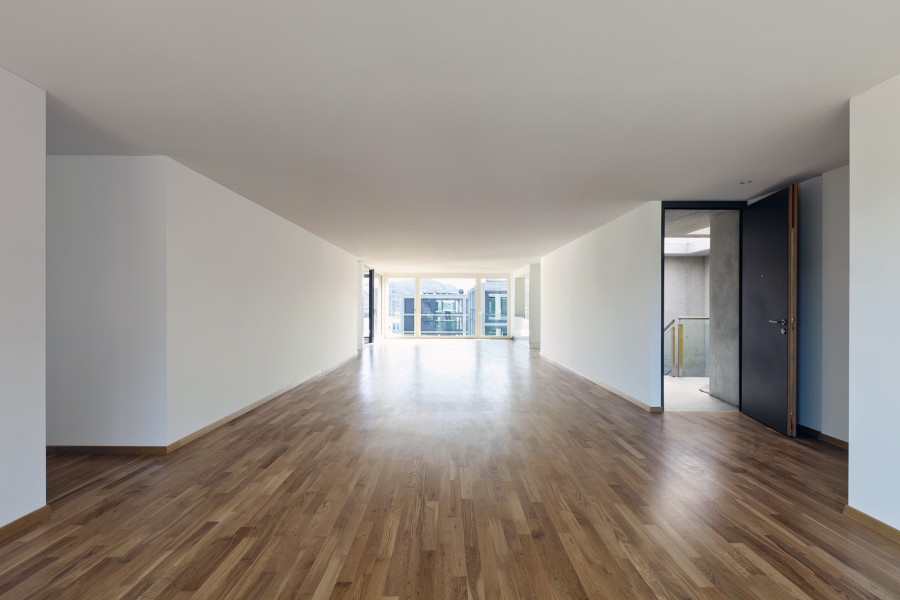


 Most Popular
Most Popular


 Popular Blog Posts
Popular Blog Posts
